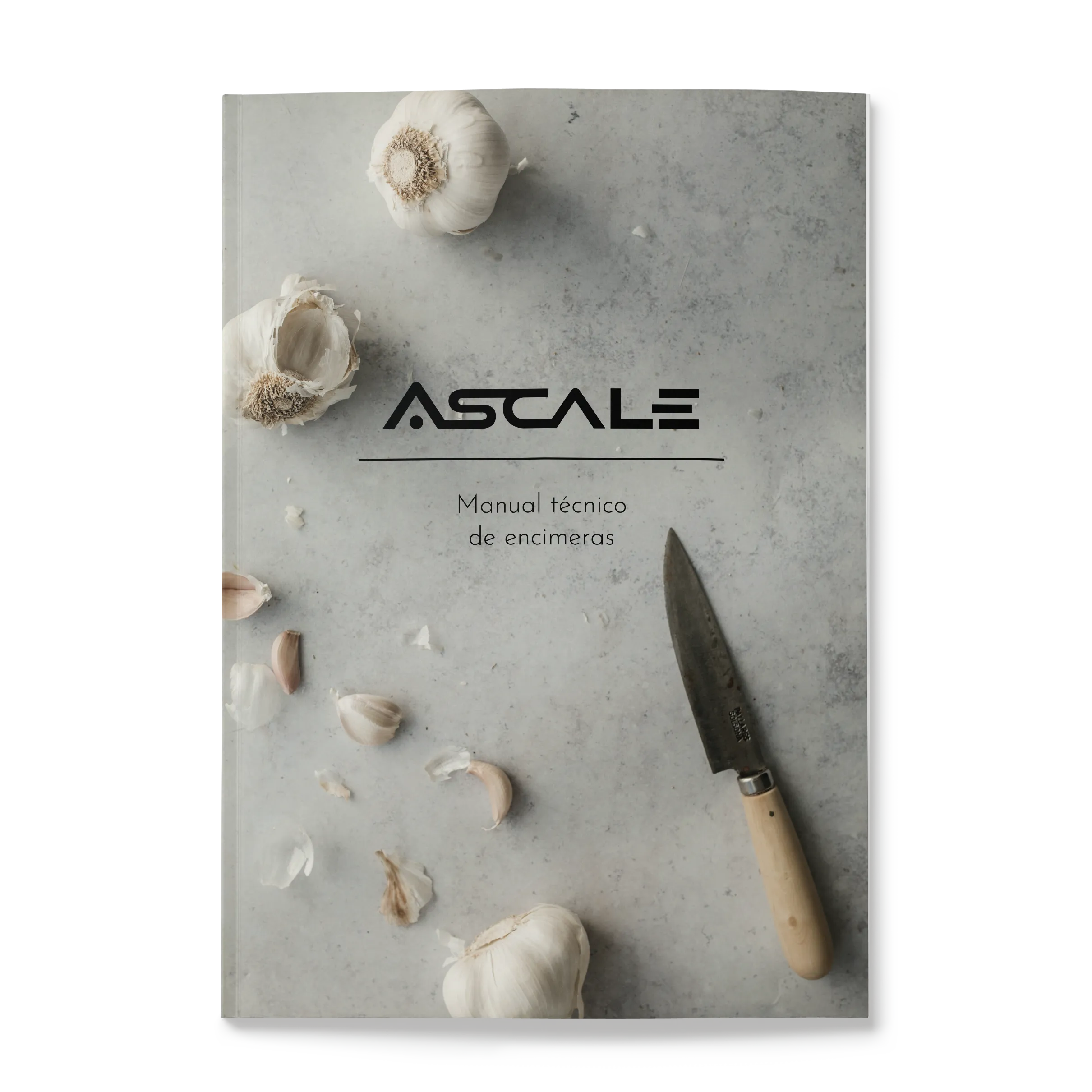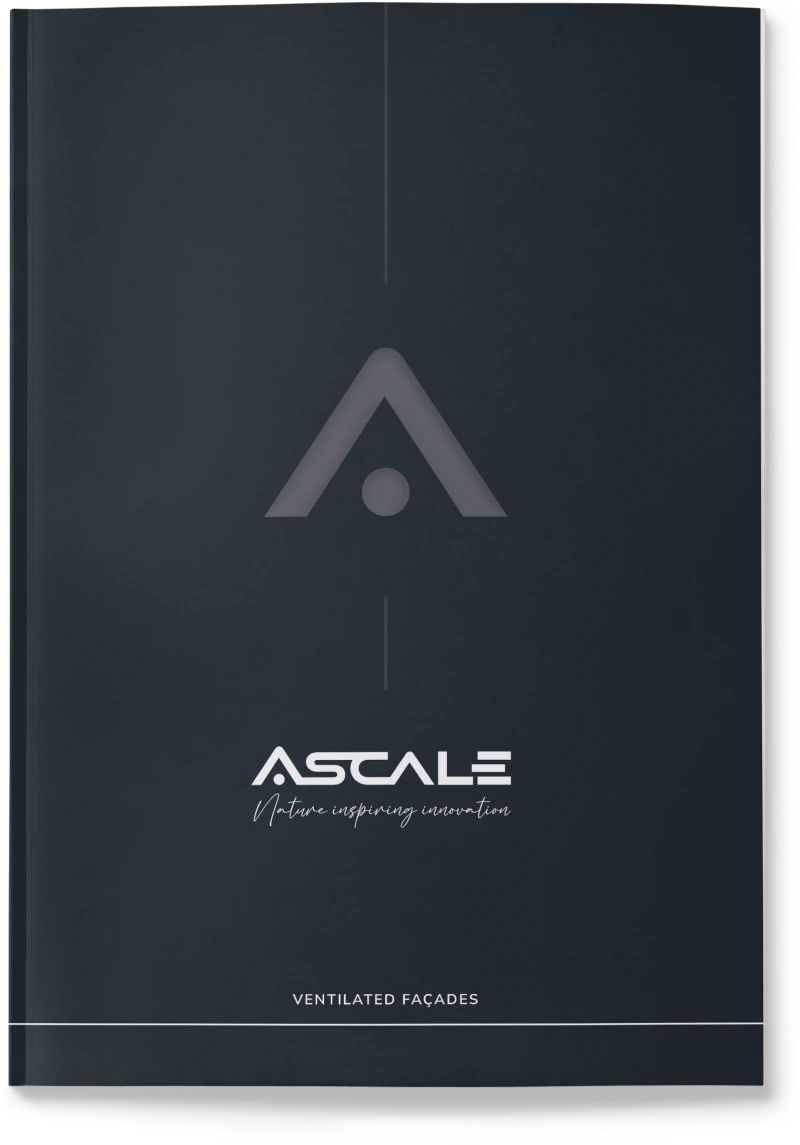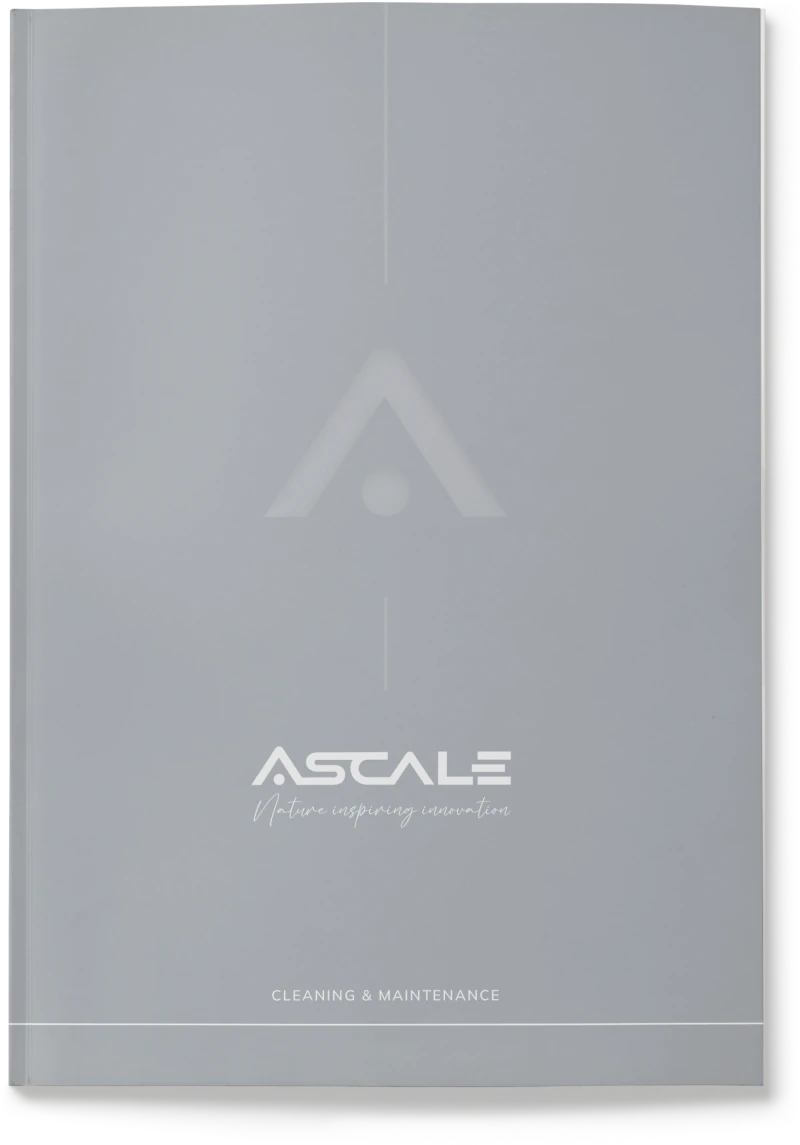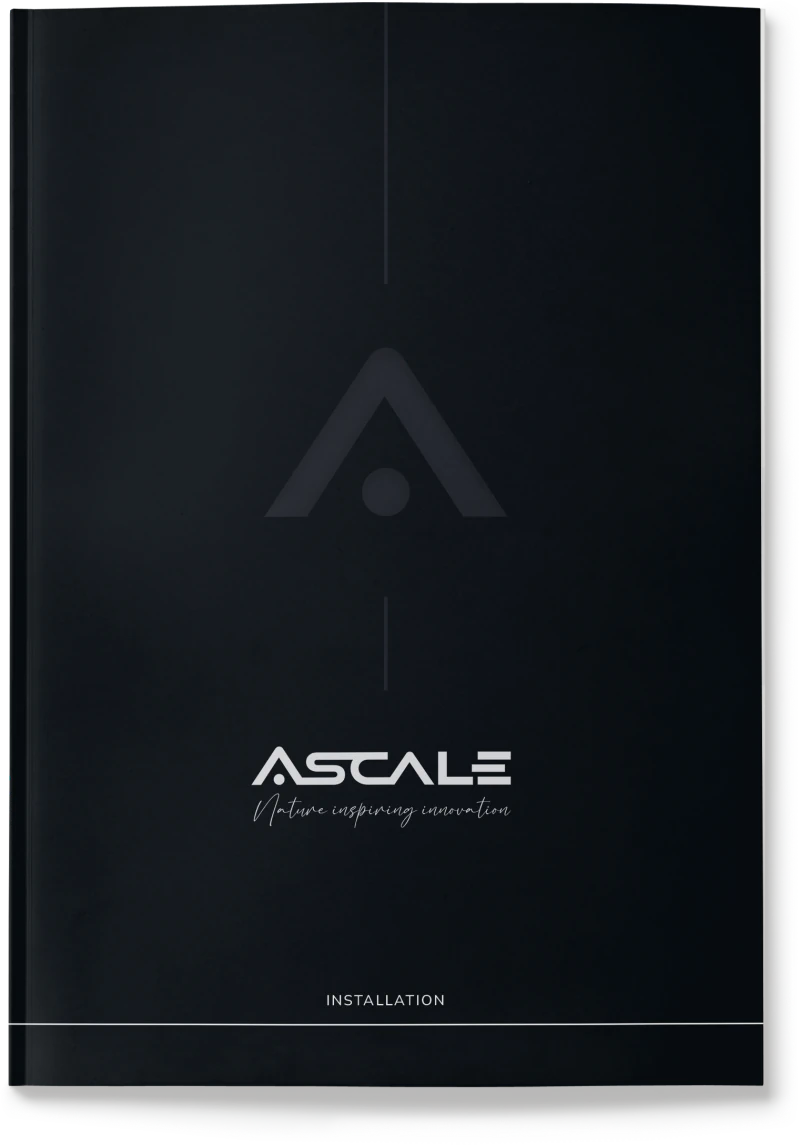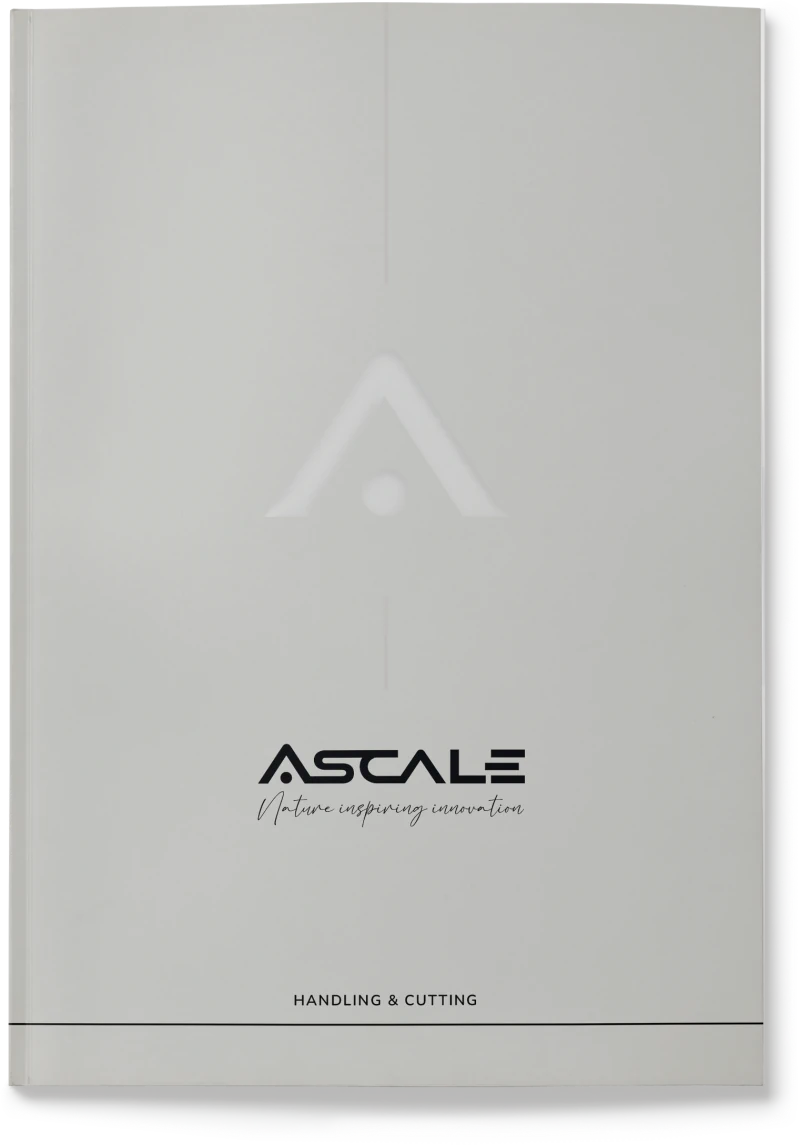
Technical Solutions
How to Work with Sintered Stone?
At Ascale, we offer advanced and personalized technical solutions designed to maximize both the performance and aesthetics of our products across a wide range of architectural and design projects.
Our experience and technology allow us to support every stage, from initial planning to execution and maintenance, ensuring results that meet the highest standards of quality and durability.
We specialize in providing comprehensive support for ventilated façades, cutting and handling sintered stone, as well as cleaning and maintenance, adapting to the specific needs of each project and client.
Thanks to our multidisciplinary approach, we offer architects, installers, and end clients a complete and reliable service that guarantees quality, safety, and efficiency at every stage, contributing to the success and longevity of each project.
/Ventilated Façades
/Ventilated Façades
/Cleaning
/Cleaning
/Cutting and Installation
/Cutting and Installation
/Handling
/Handling
Ventilated Façades
Ventilated façade systems with sintered stone require precise technical solutions to ensure proper installation and durability. Proper cutting and handling of materials is essential, as incorrect handling may affect the structural integrity and thermal performance of the system.
Design and execution must consider the correct fixing of panels and the necessary ventilation to prevent condensation issues and improve insulation.
Material selection should be based on technical criteria that ensure resistance, stability, and compatibility with the installation environment.
Additionally, technical planning should include details on joints, anchors, and support systems to ensure that the ventilated façade meets the safety and efficiency standards required for each project.

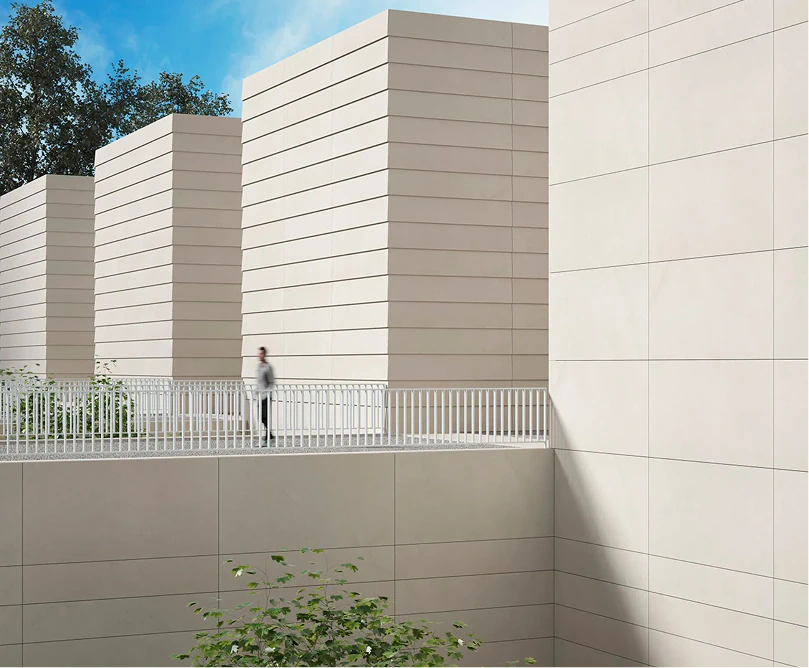

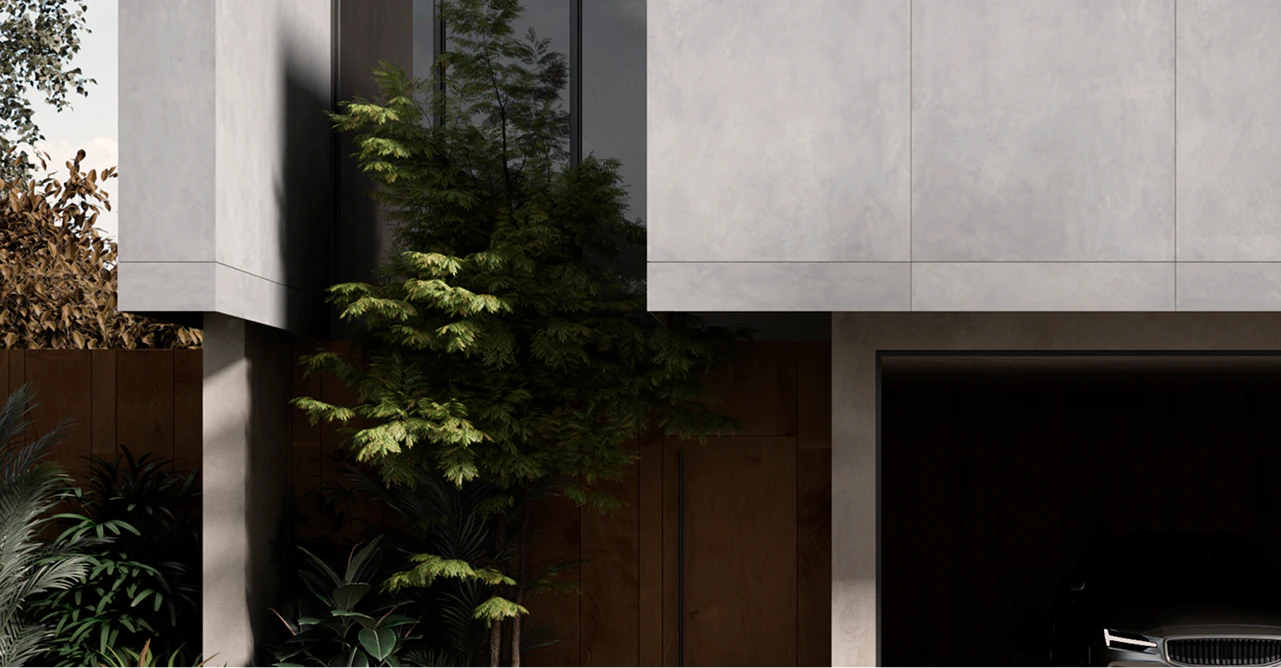
Cleaning and Maintenance
Ventilated façades require precise technical solutions to ensure proper installation and durability. Correct cutting and handling are critical, as mishandling can affect structural integrity and thermal performance.
Design and execution must account for correct panel fixing and adequate ventilation to prevent condensation and improve insulation.
Material selection should follow technical criteria to ensure resistance, stability, and compatibility with the environment.
Technical planning should include details about joints, anchors, and support systems to guarantee that the ventilated façade meets required safety and efficiency standards.
Types of Cleaning

Cleaning:OIL
Matte finish:
- Clean with: Neutral detergent
- Method: Rub with a sponge
- If persistent: Use degreaser
Polished finish:
- Clean with: Neutral detergent
- Method: Rub with a sponge
- If persistent: Use degreaser
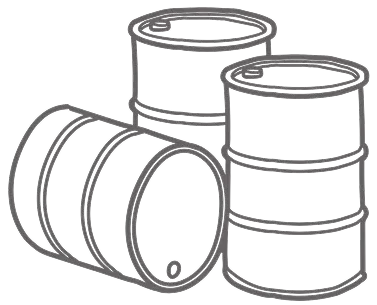
Cleaning:STAINLESS STEEL
Matte finish:
- Clean with: Lime and rust remover
- Method: Rub with blue scouring pad
- If persistent: Powder cleaner
Polished finish:
- Clean with: Lime and rust remover
- Method: Rub with blue scouring pad
- If persistent: Cream cleaner

Cleaning:ALUMINUM
Matte finish:
- Clean with: Lime and rust remover
- Method: Rub with blue scouring pad
- If persistent: Powder cleaner
Polished finish:
- Clean with: Lime and rust remover
- Method: Rub with blue scouring pad
- If persistent: Cream cleaner
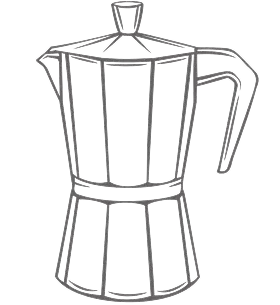
Cleaning:COFFEE / TEA
Matte finish:
- Clean with: Neutral detergent
- Method: Rub with sponge
- If persistent: Ammonia
Polished finish:
- Clean with: Neutral detergent
- Method: Rub with sponge
- If persistent: Ammonia

Cleaning:CEMENT RESIDUE
Matte finish:
- Clean with: Cement remover
- Method: Scrape with scraper
- If persistent: 4% hydrochloric acid solution
Polished finish:
- Clean with: Cement remover
- Method: Rub with blue scouring pad
- If persistent: 5 min max with hydrochloric acid

Cleaning:WAX
Matte finish:
- Clean with: Acetone
- Method: Rub with a sponge
- If persistent: Universal solvent
Polished finish:
- Clean with: Acetone
- Method: Rub with a sponge
- If persistent: Universal solvent

Cleaning:CITRUS
Matte finish:
- Clean with: Neutral detergent
- Method: Wipe with a damp cloth and dry with paper
- If persistent: Ammonia
Polished finish:
- Clean with: Neutral detergent
- Method: Wipe with a damp cloth and dry with paper
- If persistent: Ammonia

Cleaning:ADHESIVE
Matte finish:
- Clean with: Acetone
- Method: Scrape with scraper
- If persistent: Universal solvent
Polished finish:
- Clean with: Acetone
- Method: Rub with blue scouring pad
- If persistent: Universal solvent

Cleaning:GREASE
Matte finish:
- Clean with: Degreaser
- Method: Scrape with scraper
- If persistent: Universal solvent
Polished finish:
- Clean with: Degreaser
- Method: Rub with blue scouring pad
- If persistent: Universal solvent

Cleaning:FINGERPRINTS
Matte finish:
- Clean with: Neutral detergent
- Method: Wipe with damp cloth and dry with paper
- If persistent: Ammonia
Polished finish:
- Clean with: Neutral detergent
- Method: Wipe with damp cloth and dry with paper
- If persistent: Ammonia

Cleaning:PENCIL
Matte finish:
- Clean with: Glass cleaner
- Method: Wipe with damp cloth and dry with paper
- If persistent: Cleaning alcohol
Polished finish:
- Clean with: Glass cleaner
- Method: Wipe with damp cloth and dry with paper
- If persistent: Cleaning alcohol

Cleaning:SUCTION MARKS
Matte finish:
- Clean with: Acetone
- Method: Rub with a sponge
- If persistent: Universal solvent
Polished finish:
- Clean with: Acetone
- Method: Rub with a sponge
- If persistent: Universal solvent

Cleaning:RUST
Matte finish:
- Clean with: Lime and rust remover
- Method: Wipe with damp cloth and dry with paper
- If persistent: Ammonia
Polished finish:
- Clean with: Lime and rust remover
- Method: Wipe with damp cloth and dry with paper
- If persistent: Ammonia

Cleaning:LIME RESIDUE
Matte finish:
- Clean with: Lime and rust remover
- Method: Wipe with damp cloth and dry with paper
- If persistent: 4% hydrochloric acid solution
Polished finish:
- Clean with: Lime and rust remover
- Method: Wipe with damp cloth and dry with paper
- If persistent: Hydrochloric acid max 5 min

Cleaning:METAL SCRATCHES
Matte finish:
- Clean with: Lime and rust remover
- Method: Rub with blue scouring pad
- If persistent: Powder cleaner
Polished finish:
- Clean with: Lime and rust remover
- Method: Rub with blue scouring pad
- If persistent: Cream cleaner

Cleaning:PERMANENT MARKER
Matte finish:
- Clean with: Acetone
- Method: Wipe with damp cloth and dry with paper
- If persistent: Universal solvent
Polished finish:
- Clean with: Acetone
- Method: Wipe with damp cloth and dry with paper
- If persistent: Universal solvent

Cleaning:SAUCES
Matte finish:
- Clean with: Neutral detergent
- Method: Wipe with damp cloth and dry with paper
- If persistent: Degreaser
Polished finish:
- Clean with: Neutral detergent
- Method: Wipe with damp cloth and dry with paper
- If persistent: Degreaser

Cleaning:VINEGAR
Matte finish:
- Clean with: Neutral detergent
- Method: Wipe with damp cloth and dry with paper
- If persistent: Ammonia
Polished finish:
- Clean with: Neutral detergent
- Method: Wipe with damp cloth and dry with paper
- If persistent: Ammonia

Cleaning:WINE
Matte finish:
- Clean with: Neutral detergent
- Method: Wipe with damp cloth and dry with paper
- If persistent: Ammonia
Polished finish:
- Clean with: Neutral detergent
- Method: Wipe with damp cloth and dry with paper
- If persistent: Ammonia

Cleaning:GYPSUM
Matte finish:
- Clean with: Cement remover
- Method: Scrape with scraper
- If persistent: 4% hydrochloric acid solution
Polished finish:
- Clean with: Cement remover
- Method: Rub with blue scouring pad
- If persistent: 5 min max with hydrochloric acid

Cleaning:IODINE
Matte finish:
- Clean with: Neutral detergent
- Method: Wipe with damp cloth and dry with paper
- If persistent: Bleach
Polished finish:
- Clean with: Neutral detergent
- Method: Wipe with damp cloth and dry with paper
- If persistent: Bleach
Final Cleaning After Installation
- It is essential to thoroughly clean after installing the material.
- Residual grout can cause stubborn stains and form a film that traps dirt.
- Use a solution of water with buffered acid (follow the proportions indicated on the product label).
- Procedure:
- Let it act for a few minutes (do not let it dry).
- Remove with colorless cloths or a stiff brush.
- Rinse thoroughly with plenty of water.
- Repeat if necessary.
Daily Cleaning
Countertops
- Use a damp cloth with water and neutral soap.
- For persistent stains:
- Moisten with hot water (to soften residues).
- Remove with a clean cloth.
- Use soft fiber sponges (suitable for glass or ceramics).
- Avoid:
- Abrasive or steel scouring pads.
- Caustic soda.
- Highly acidic or highly alkaline products.
- If using bleach, apply for a maximum of 10–15 minutes and rinse thoroughly with water.
Floors
- Dnot use greasy soaps or waxes.
- Use neutral detergents such as diluted ammonia or bleach.
- For polished floors, dry after washing tavoid streaks.
- Always test detergents before use.
- Avoid:
- Hydrofluoric acid and derivatives.
- Concentrated hydrochloric acid.
- Caustic soda.
Recommendations
- Always use supports for pans, coasters, and napkins.
- Do not cut food directly on the countertop (use cutting boards).
- Do not drag utensils or appliances across the countertop.
- Do not use ceramic knives directly on the countertop.
- Avoid:
- Hydrofluoric acid and derivatives.
- Concentrated hydrochloric acid.
- Caustic soda.
- Protect the countertop edges from impacts to avoid chipping.
- Avoid extreme heat by contact or radiation (grills, ovens, fireplaces, barbecues, etc.).
Fast, Precise, and High-Quality Cutting
Our material is designed for easy and efficient cutting, ensuring precise results and high quality finishes for every project.
Sintered Stone Cutting
Stone cutting is an essential process in construction and design, where precision and speed are key factors. Our 12 mm cutting process stands out as the fastest, optimizing work time while guaranteeing high-quality finishes.
Additionally, we use water cutting technology, which allows cleaner and more precise work by significantly reducing dust generation during the process. This provides efficient and safe results for every project.
- 6 mm+6m/min
- 12 mm+5,5m/min
- 20 mm +3m/min

Dream Big,
Keep It SIMPLE
Handling and Storage of Sintered Stone
Handling and storage of stone are essential aspects of any project, as they ensure both workplace safety and preservation of material quality.
For handling, suction systems are used, and it is recommended to wear cut-resistant gloves, safety shoes, and protective goggles.
Regarding storage, it is best to keep the pieces protected from impacts and maintain them in their original packaging until ready for use.
This ensures that each piece retains its integrity and is ready to be worked on under optimal conditions.

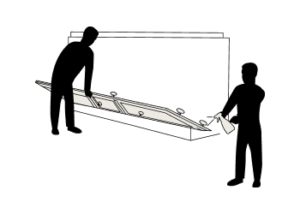

Technical Documentation
The quality of a project does not depend solely on the material but also on how it is handled at each stage. Therefore, we provide a comprehensive set of tools with guidelines on cutting, handling, installation, and construction systems such as ventilated façades.
Additionally, downloadable guides are available to support every phase of the process, ensuring optimal and long-lasting results.
